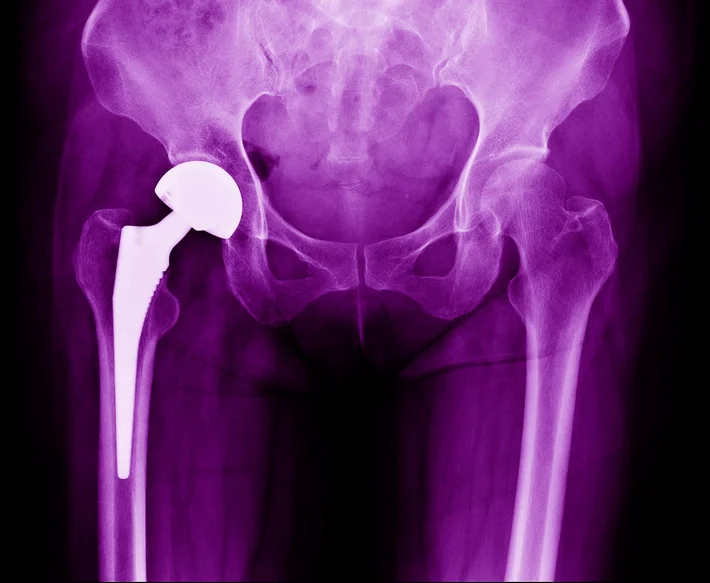![Separator]()
What are arthroscopic procedures?
The word “arthroscopy” is derived from two Greek words: “arthro,” or joint, and “skopein,” or “to look.” Together, they mean “to look inside the joint,” which is the purpose of an arthroscopic procedure.
To perform an arthroscopy, the orthopedic surgeon makes an incision in the skin and inserts a thin tube that contains a small lighting system and lens. These devices illuminate the structures within the joint, allowing the surgeon to see, understand, and repair the issue.
Though diagnosing joint conditions usually begins with a physical examination and X-rays, it’s sometimes necessary to perform an arthroscopic procedure as well, in order to pinpoint exactly what’s causing the problem. Typically, arthroscopies reveal that inflammation or an acute or chronic injury is the underlying cause of the joint problem.
Source:
OrthoInfo



















